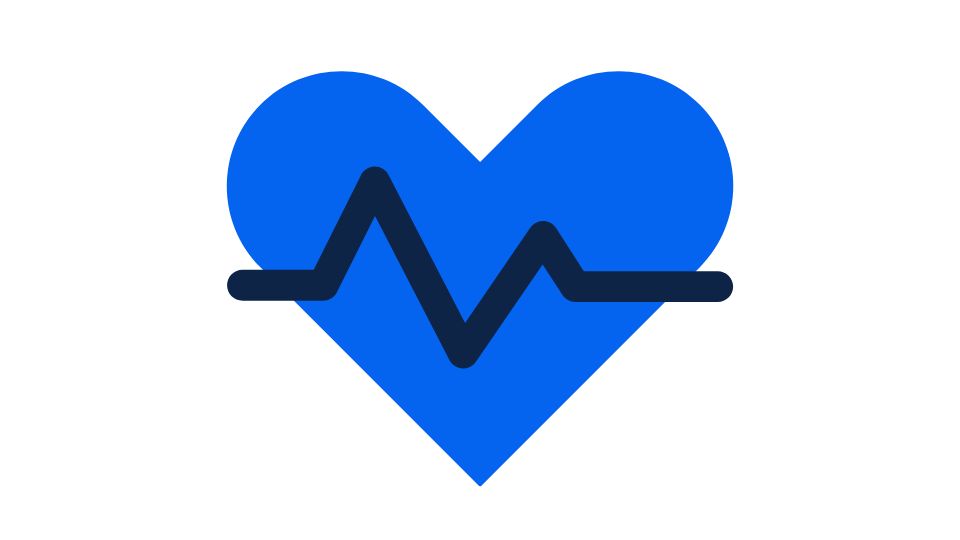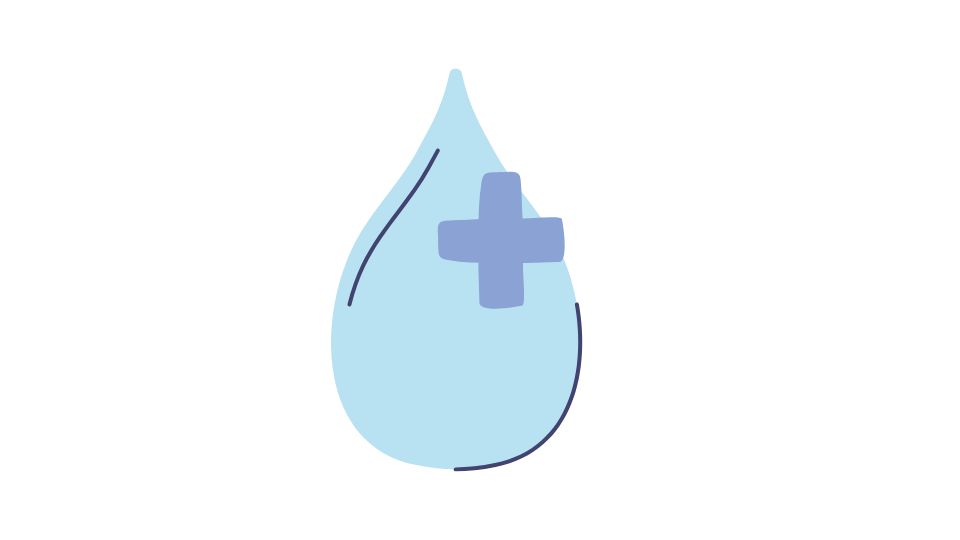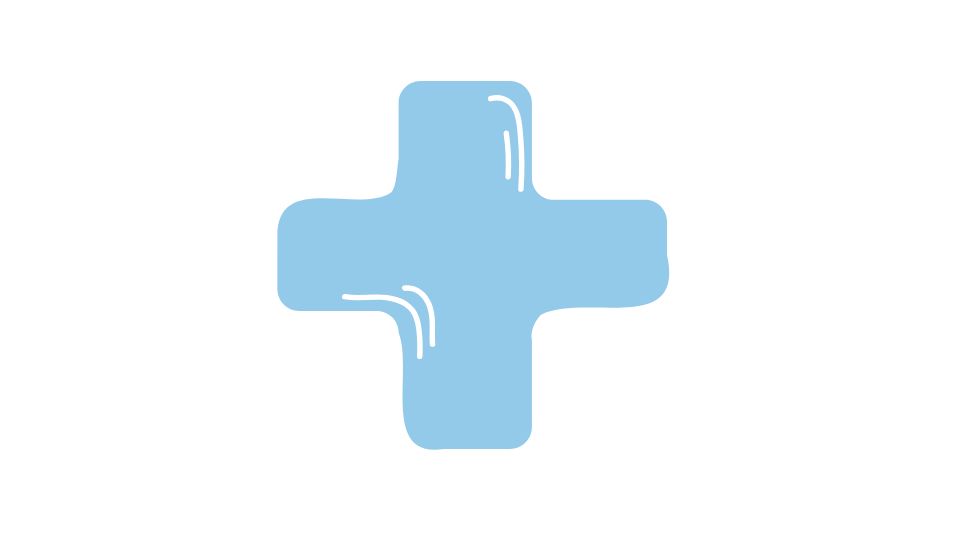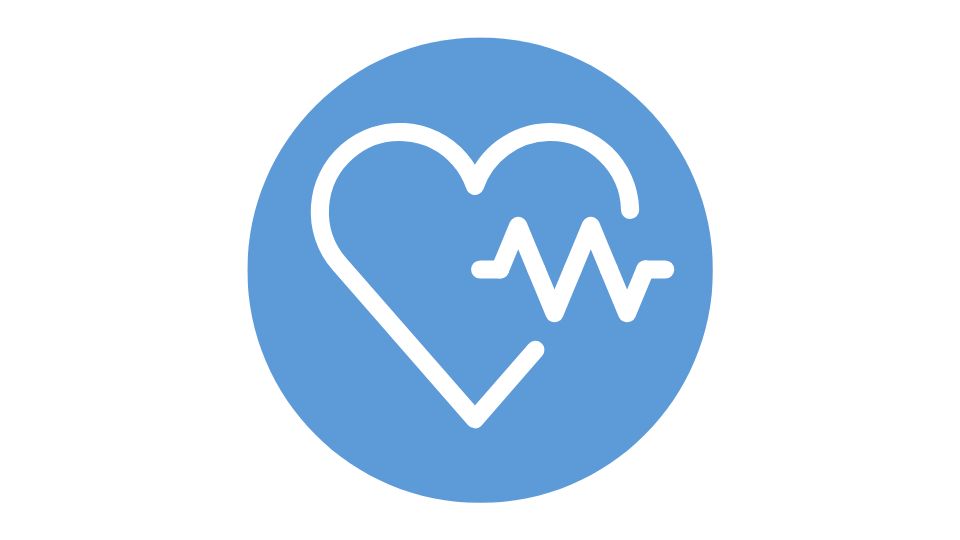I’m constantly amazed at how we’ve made wellness so complicated.
We’ve got apps to track every calorie, books about “optimal living,” and influencers selling us everything from mushroom coffee to ice baths.
But when you strip away all the fancy terminology and marketing, wellness is actually pretty simple:
It’s about feeling good physically and mentally, having meaningful relationships, and finding purpose in what you do.
So let’s break down what actually matters for your well-being (without the BS).

The 9 Pieces of the Wellness Puzzle
Think of wellness like a puzzle with different pieces that all connect. When one piece is missing or damaged, the whole picture doesn’t quite work.
These pieces aren’t separate – they’re constantly influencing each other. Your physical health affects your emotions, your work satisfaction impacts your social life, and so on.
Let’s look at each piece:
1. Physical Health: The Foundation

This is the one everyone thinks about first – and for good reason. Your body is literally the vehicle that carries you through life.
Physical wellness includes:
- Moving your body regularly
- Eating foods that give you energy (not drain it)
- Getting enough sleep
- Avoiding habits that slowly kill you (smoking, excessive drinking, etc.)
When your physical health is strong, it creates a ripple effect across every other dimension of wellness. You have more energy, think more clearly, and handle stress better.
For those trying to be more intentional about nutrition, tools like meal tracking apps can help by showing patterns in your eating habits. But remember – the goal isn’t perfection, it’s awareness.
2. Emotional Health: Managing the Inner Weather

Your emotions are like the weather inside your mind – sometimes sunny, sometimes stormy.
Emotional wellness isn’t about being happy all the time (impossible). It’s about:
- Recognizing your feelings without being controlled by them
- Bouncing back from setbacks
- Managing stress before it manages you
- Expressing emotions in healthy ways
When your emotional health is strong, you’re more resilient against life’s challenges. You can experience negative emotions without spiraling.
And guess what? Your physical health directly impacts your emotional state. Try being in a good mood when you’re exhausted, hungry, and haven’t exercised in weeks. Not easy!
3. Intellectual Health: Keeping Your Mind Sharp
Your brain craves stimulation like your body craves movement.
Intellectual wellness means:
- Learning new things regularly
- Challenging your thinking
- Staying curious about the world
- Solving problems creatively
This doesn’t mean you need a PhD. It could be learning to cook new dishes, reading about different perspectives, or picking up a hobby that challenges you.
A healthy intellectual life gives you a sense of growth and purpose that feeds your overall well-being.
4. Social Health: We’re Wired for Connection

Humans are social creatures. Period. No amount of independence can change that fundamental wiring.
Social wellness involves:
- Building and maintaining meaningful relationships
- Setting healthy boundaries
- Communicating effectively
- Being part of communities that matter to you
Research consistently shows that strong social connections are one of the most powerful predictors of happiness and longevity. People with strong relationships live longer and report higher life satisfaction.
In our digital age, it’s easy to confuse online interactions with genuine connection. Remember that 100 likes on Instagram can’t replace one good conversation with someone who really sees you.
5. Spiritual Health: Finding Meaning

This doesn’t necessarily mean religion (though it can). Spiritual wellness is about:
- Understanding your values and what matters most to you
- Finding meaning in your experiences
- Feeling connected to something larger than yourself
- Living with purpose
For some, this comes through religious practice. For others, it’s found in nature, art, service to others, or philosophical exploration.
Spiritual wellness provides a compass for navigating life’s big questions and challenges.
6. Occupational Health: Purpose in Your Work
We spend roughly one-third of our adult lives working. That’s too much time to be miserable.
Occupational wellness means:
- Finding work that uses your strengths and interests
- Maintaining a healthy work-life balance
- Having a sense of achievement and contribution
- Growing professionally
This doesn’t mean you need to love every minute of your job. But there should be aspects of your work that give you satisfaction and a sense of purpose.
When your occupational wellness is strong, work energizes rather than depletes you.
7. Environmental Health: Your Surroundings Matter
Your physical environment affects you more than you might realize.
Environmental wellness includes:
- Creating living spaces that support your well-being
- Reducing exposure to toxins and pollutants
- Spending time in nature
- Contributing to the health of the planet
Simple changes like decluttering your space, bringing in plants, or reducing noise can significantly impact your stress levels and mood.
Our bodies evolved in natural settings, which is why spending time in nature has such powerful effects on both physical and mental health.
8. Financial Health: Money Matters (But Not How You Think)
Money can’t buy happiness but financial stress can definitely cause unhappiness.
Financial wellness involves:
- Living within your means
- Having a plan for your financial future
- Understanding your relationship with money
- Using resources wisely
The goal isn’t to be rich; it’s to have enough and to manage what you have in a way that reduces stress and supports your values.
9. Cultural Health: Embracing Diversity
This often-overlooked dimension is about:
- Appreciating diverse perspectives and traditions
- Understanding your own cultural identity
- Respecting differences
- Building cultural awareness
Cultural wellness enriches your life by expanding your understanding of the world and connecting you with the broader human experience.
How These Pieces Work Together
Here’s where it gets interesting. These dimensions don’t exist in isolation – they’re constantly influencing each other in a complex dance.
For example:
- When you exercise regularly (physical), you improve your mood (emotional) and think more clearly (intellectual)
- When you’re financially secure (financial), you have less stress (emotional) and more freedom to pursue meaningful work (occupational)
- When you have strong relationships (social), you have better support during tough times (emotional) and even better physical health outcomes
This interconnection means that improving one area often creates positive ripple effects across others. It also means that neglecting one area can drag down the rest.
Making Wellness Part of Daily Life
So how do you actually integrate all this into your busy life without becoming overwhelmed?
The key is starting small and focusing on habits, not overhauls.
Consider these practical approaches:
For Physical Wellness: Instead of a complete diet overhaul, try tracking your meals for a week using a simple app to become more aware of patterns. Tools like nutrition tracking apps can help you understand your eating habits without judgment.
For Emotional Wellness: Take 5 minutes daily for a mindfulness practice or simply check in with yourself about how you’re feeling. The simple act of naming emotions reduces their intensity.
For Social Wellness: Schedule one meaningful conversation each week with someone important to you. Quality matters more than quantity.
For Intellectual Wellness: Dedicate 15 minutes daily to learning something new – read an article, listen to a podcast, or practice a skill.
Remember that wellness isn’t about perfection. It’s about progress and being conscious of how your choices affect your overall well-being.
The Technology Question
Let’s talk about how technology fits into wellness – because it’s a double-edged sword.
On one hand, digital tools can enhance awareness and accountability. Food tracking apps, fitness trackers, and meditation apps can provide valuable insights and guidance.
On the other hand, technology can become another source of stress, comparison, and disconnection if we’re not careful.
The key is mindful use. Ask yourself:
- Is this technology enhancing my wellness or detracting from it?
- Am I using this tool to increase awareness or to judge myself?
- Does this digital interaction support genuine connection or replace it?
For example, nutrition apps can help you understand your eating patterns, but they shouldn’t make you obsessive about calories. Research shows that overly restrictive tracking can sometimes lead to unhealthy relationships with food.
The Bottom Line
Wellness isn’t a destination – it’s an ongoing journey of small choices that add up over time.
The goal isn’t perfection in all nine dimensions. That’s impossible (and would be exhausting to maintain even if you could achieve it).
Instead, aim for awareness of how these dimensions interact in your life and intentionality about nurturing the areas that need attention.
Sometimes you’ll focus more on physical health; other times, relationships or work might need priority. That’s normal and healthy.
True wellness isn’t about following someone else’s blueprint for the “perfect” life. It’s about creating a life that feels meaningful, balanced, and fulfilling to you.
And remember – you don’t have to tackle everything at once. Even small improvements in one area create positive ripples throughout your entire wellness ecosystem.
What’s one small step you could take today?




Leave a Reply